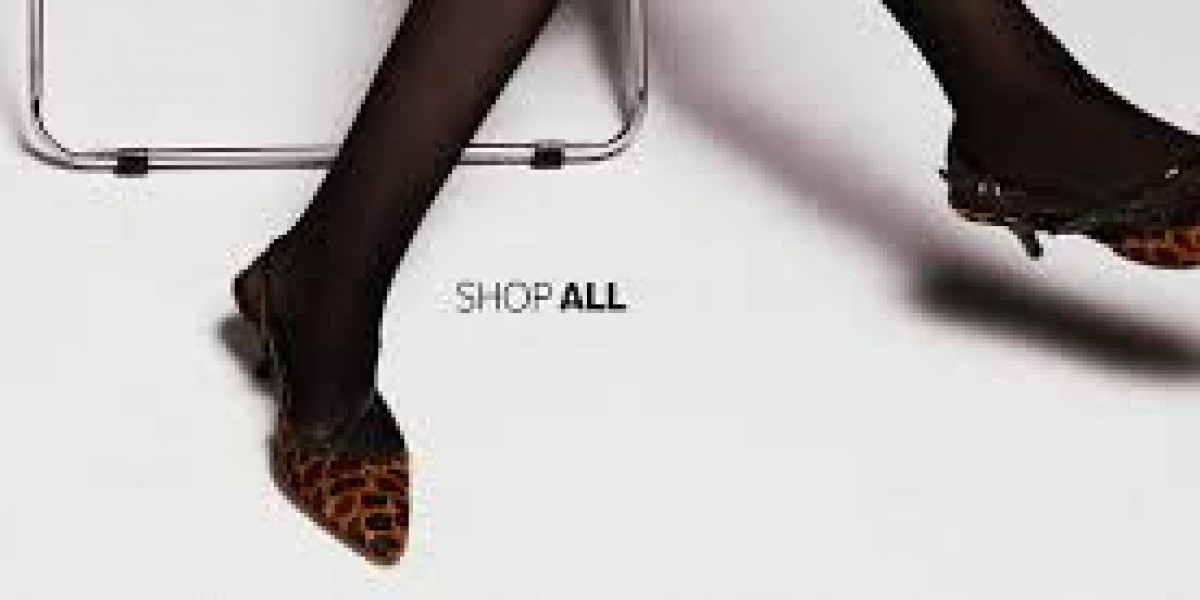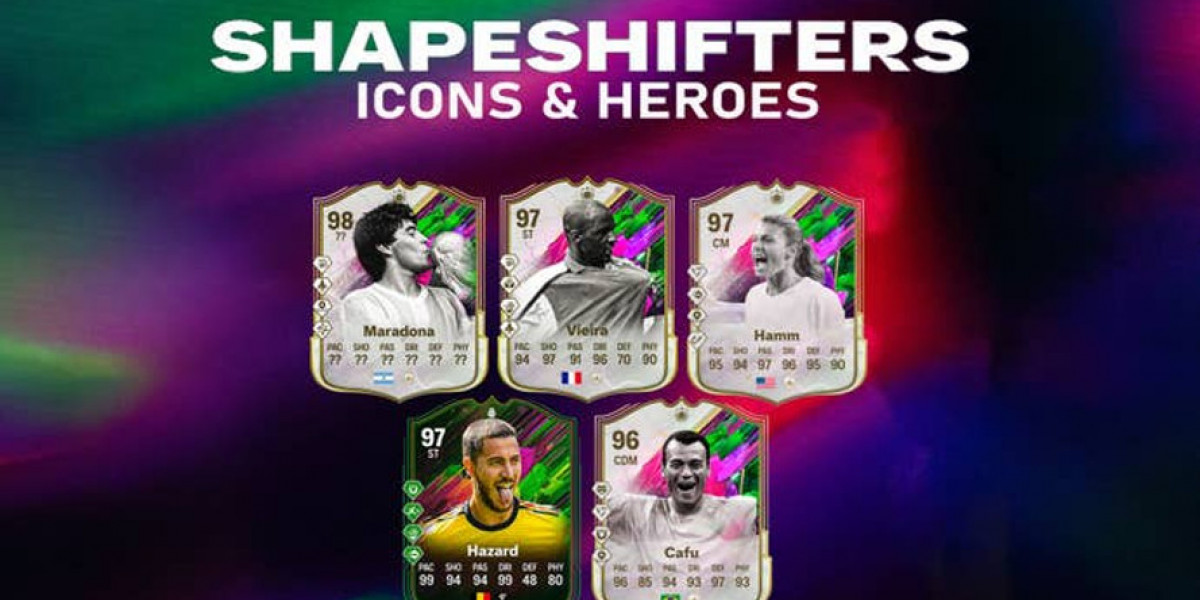Let’s cut through the noise. Women aren’t endlessly scrolling “Shop All Women's Footwear” pages because they love the hunt. They’re doing it because brands still haven’t figured out how to serve shoes that match the moment, the mood, and the mission.
This isn’t about just shopping—it’s about self-expression, function, and feeling damn good in what you wear. So, what do women actually want from a digital shoe aisle? Let’s break it down.
1. Intention, Not Overload
Here’s the thing: more isn’t always better. A “Shop All” section with 1,200+ items isn’t empowering—it’s paralyzing. Choice fatigue is real.
What works:
Filters that actually matter—heel height, comfort level, wide/narrow fit, vegan materials.
Curated themes—"Workday Power Picks,” “Brunch & Errands,” “Rain-Proof & Ready.”
Smart AI or stylist recs: “Based on what you’ve viewed, we think you’ll love...”
What doesn’t:
100 rows of black ankle boots with no context.
Vague categories like “Casual” that mean everything and nothing.
2. Fit Is Queen
This part isn’t negotiable. If it doesn’t fit, it doesn’t matter how stylish it is.
Women want:
Honest sizing guides with actual foot measurements.
Real photos on real people, with info like “Model wears size 9W” and “Arch support level: Moderate.”
Transparent return policies. Because let’s be real—we’re ordering two sizes just to be safe.
Bonus:
Video try-ons. Seeing the flex, the fit, and the walk makes a difference.
3. Style with Substance
We get it—style sells. But what’s under the surface matters more than brands think.
Checklist women are running through subconsciously:
Can I walk five city blocks in these?
Do they go with 3+ outfits I already own?
Are they worth the price—or am I just paying for a label?
Pro tip for brands: Describe the vibe, not just the product.
“Soft leather loafers that go from client meetings to cocktails.” That’s more helpful than “Leather upper with 1.5” stacked heel.”
4. Diverse Representation
No one wants to feel like they’re shopping in a vacuum of sameness.
What hits:
Models of all sizes, skin tones, and ages.
Filters for wide feet, orthotic-friendly, petite sizing, and more.
Style edits by real women: “Curated by a nurse on her feet 12 hours a day.”
What misses:
Shoes only modeled on size 6 feet.
One-note aesthetic. Not every woman wants neutral-toned basics.
5. The Power of Context
Context sells. Full stop. Styling tips, outfit ideas, and real-life use cases turn a shoe into a yes.
Examples that work:
“Pair these platform sneakers with cropped jeans and a graphic tee for an elevated weekend look.”
“Wore these to a wedding and danced all night—zero blisters.”
Even better:
UGC (user-generated content) and reviews that show how real people are styling and loving the shoes.
6. The Scroll-Stopper Factor
The right visuals stop the scroll. No question.
Winning details:
Close-ups of textures—soft suede, metallic leather, eco-friendly canvas.
Short videos showing movement, heel stability, bounce.
On/off foot shots, so you can see the silhouette both ways.
7. Speed and Simplicity
Let’s be blunt: nobody wants to wade through laggy, clunky UX to find a decent pair of flats.
UX women actually want:
Lightning-fast load times.
Clear navigation (“Heels,” “Boots,” “Sneakers,” “Vegan,” etc.)
Mobile-first layouts that don’t make you pinch and zoom.
Kill the vibe:
Pop-ups every 10 seconds.
“Oops, something went wrong!” errors after applying filters.
8. Confidence Boosters
Women aren’t just buying shoes. They’re buying how they’ll feel wearing those shoes.
Build the vibe:
Reviews that focus on how confident or strong people felt.
Taglines that celebrate power, movement, individuality.
“For the woman who leads the meeting, then leads the afterparty.”
Tiny touches, big impact:
Quotes from designers.
A short backstory: “Inspired by the energy of NYC street style.”
9. Sustainability & Ethics Matter (More Than You Think)
Not every woman is checking for it, but a growing number absolutely are.
What they’re looking for:
Clear info on where and how shoes are made.
Certifications or eco-cred without greenwashing.
Repairability, longevity, and non-disposable design.
If your leather boots are made to last 10 years, say it.
10. Smart, Personalized Touches
“Shop All” doesn’t have to mean generic. There’s room for some intelligence here.
Think:
“You bought nude pumps last month—here are matching clutches.”
“Seen in your area: Rain boots trending in Portland.”
Wishlist reminders and low-stock alerts.
It’s not creepy if it’s actually helpful.
In Summary
Women don’t want more shoes on a page—they want better ways to find the right ones. That means less chaos, more curation. Less guessing, more clarity. Less salesy copy, more storytelling.
“Shop All Footwear” isn’t just a utility page. It’s a digital storefront for style, identity, and function. Build it like you mean it.
Click. Browse. Slay. That’s the standard now.







